14 Easy Steps to Prep Your Garden Before Fall Arrives
As summer winds down, your garden deserves some extra care to get ready for the cooler months ahead. September is the perfect time to make small changes that will keep plants thriving. The shift in weather makes it easier to refresh soil, trim back growth, and prepare for the next season. With a few thoughtful steps, you can set the stage for a healthier and more colorful garden. Taking action now will save you effort later and keep your outdoor space looking beautiful.
This post may contain affiliate links, which helps keep this content free. Please read our disclosure for more info.
Clean Up Fallen Leaves and Debris
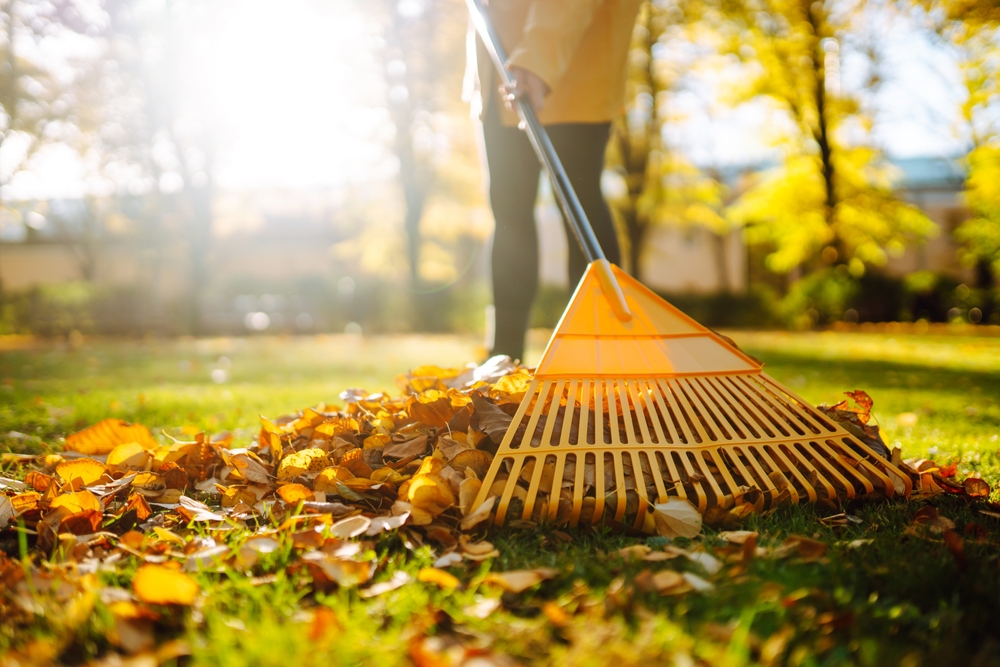
September is the time when leaves begin to drop, and clearing them regularly helps keep your garden tidy. Leaving piles of leaves can attract pests and cause mold to grow. Collecting them also allows more sunlight and airflow around your plants. You can use the leaves as mulch or add them to your compost pile. A simple cleanup makes your garden healthier and more organized.
Debris such as broken branches or withered stems should be removed to prevent disease from spreading. This task also keeps your pathways clear and safe for walking. Removing excess clutter gives your plants more room to breathe and thrive. It is easier to do small cleanups often rather than one large one later. Consistent effort now saves time as the season moves forward.
Refresh Garden Soil
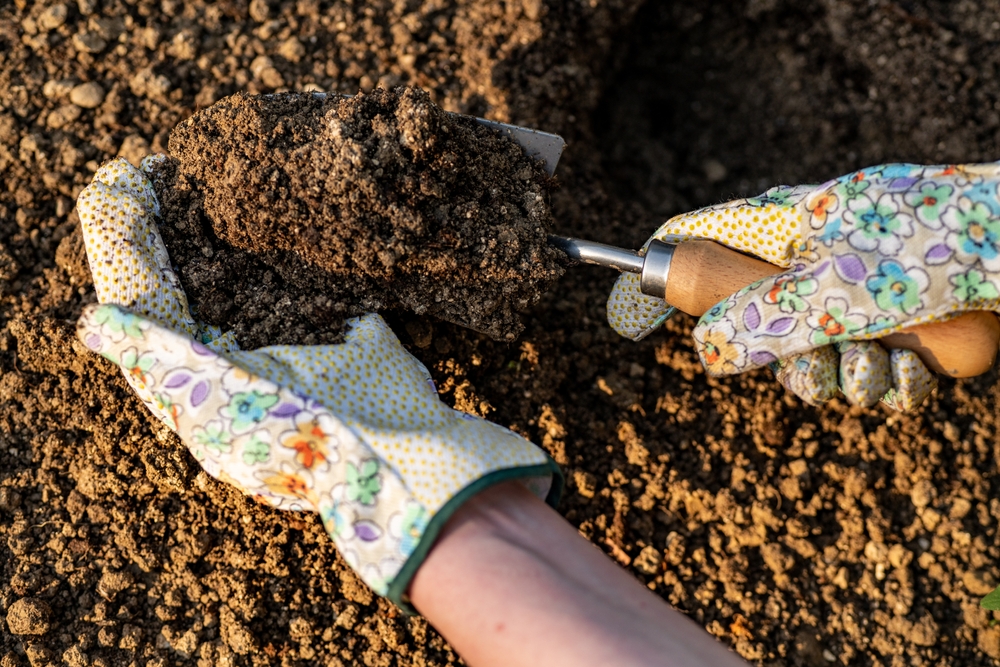
Soil often becomes tired after summer growth, and September is a good month to revive it. Adding organic matter like compost improves nutrients and moisture retention. Turning the soil with a garden fork loosens it up for better root development. A fresh layer of mulch can help regulate temperature and prevent weeds. Healthy soil leads to stronger plants in the coming season.
If you grow vegetables, replenishing soil nutrients is especially important for continued harvests. Fall crops thrive when soil is rich and balanced. Testing your soil can help identify what it lacks and guide you on what to add. Simple steps like adding compost or aged manure can restore balance quickly. A little preparation now brings benefits that last for months.
Plant Cool-Season Vegetables
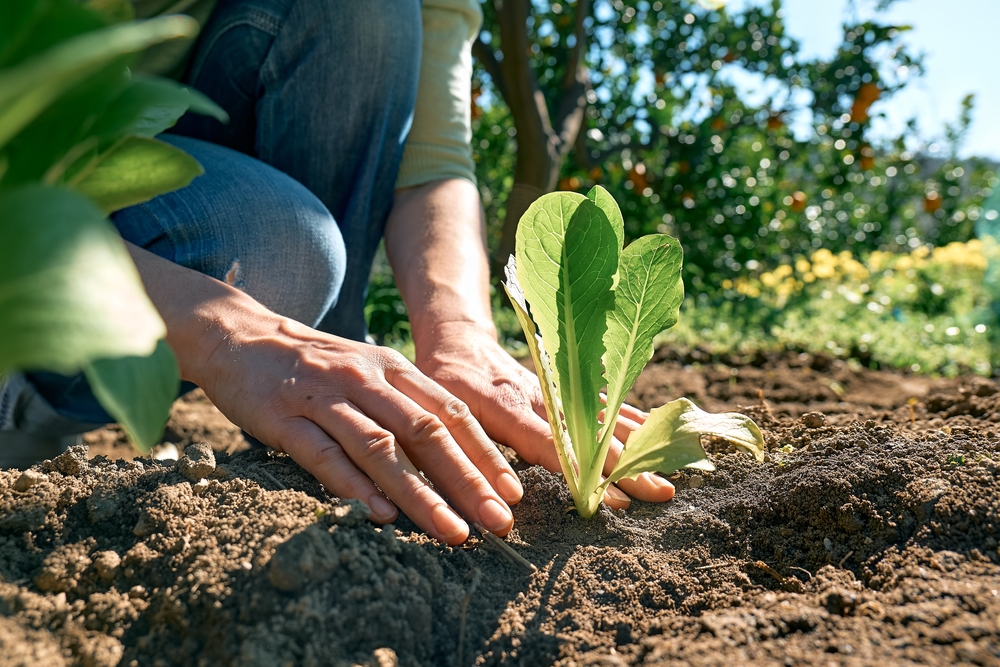
September is the right time to plant crops like lettuce, spinach, and broccoli. These vegetables enjoy cooler temperatures and can provide fresh harvests before winter. Planting them now gives roots time to establish before frost sets in. Choosing quick-growing varieties ensures you will enjoy results sooner. A fall vegetable garden can extend your harvest well past summer.
Preparing raised beds or containers makes planting easier during this season. Cool-season vegetables need good soil and regular watering to thrive. Adding row covers can protect them from early frosts and insects. Harvesting these crops brings fresh flavors to your kitchen while others fade. Growing food in cooler months adds variety and keeps your garden productive.
Divide Perennials
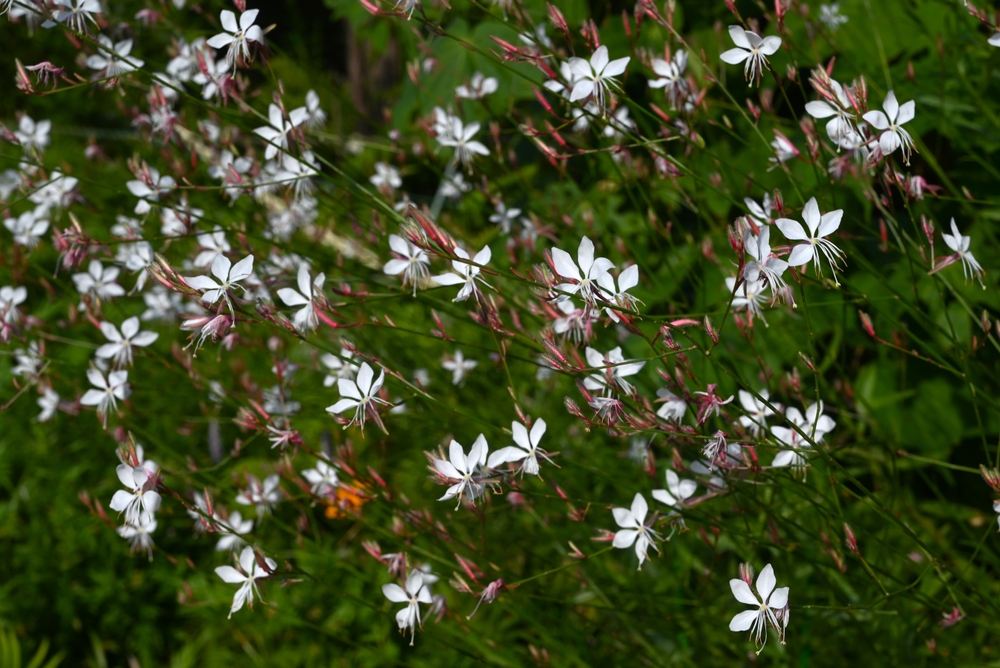
Many perennials grow too large over summer and benefit from being divided in September. Splitting them helps improve plant health and creates more space in your beds. You can replant divisions elsewhere or share them with friends. Popular choices for dividing include hostas, daylilies, and irises. This simple step encourages better blooms for next year.
Dividing perennials also reduces overcrowding that can weaken plants. It prevents root systems from competing too much for water and nutrients. Use a spade or garden fork to carefully lift and separate clumps. Replant divisions in well-prepared soil to give them a strong start. Doing this now keeps your garden balanced and thriving.
Prune Dead or Damaged Branches
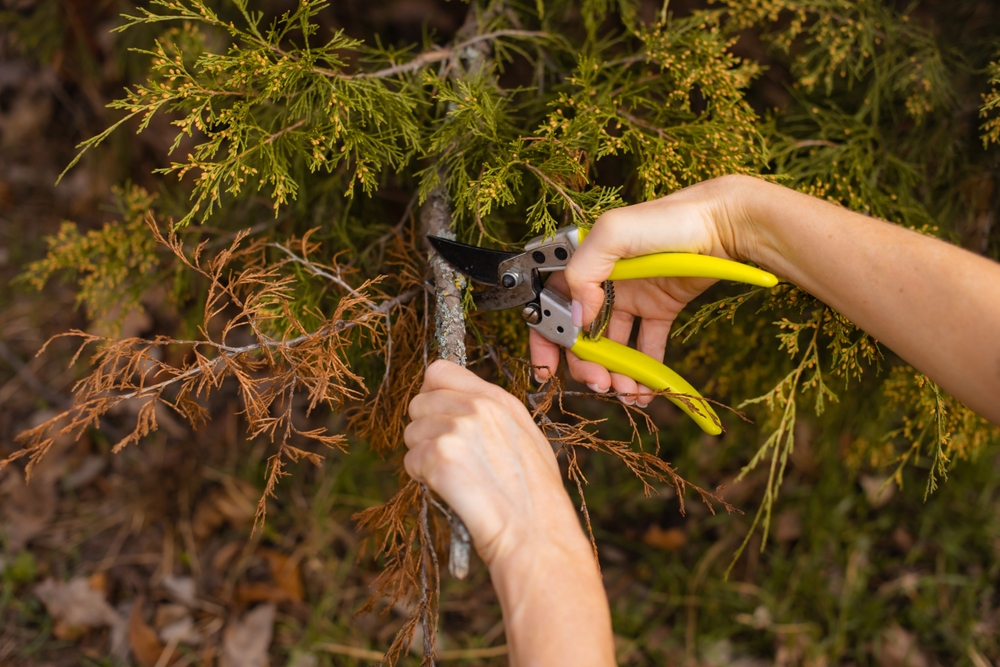
September is the perfect time to trim away any branches that are broken or unhealthy. Removing them prevents diseases from spreading and helps plants recover faster. It also shapes your shrubs and trees before growth slows down. Using sharp, clean tools makes the process easier and safer for the plants. A little trimming now makes a noticeable difference.
Check for branches that cross or rub together, as they can cause damage. Cutting them early prevents bigger issues during winter storms. Pruning also opens up more light and airflow around the plant. This helps lower the risk of fungus and pests. With a quick inspection and a few careful cuts, your garden looks neater and healthier.
Add Mulch to Garden Beds
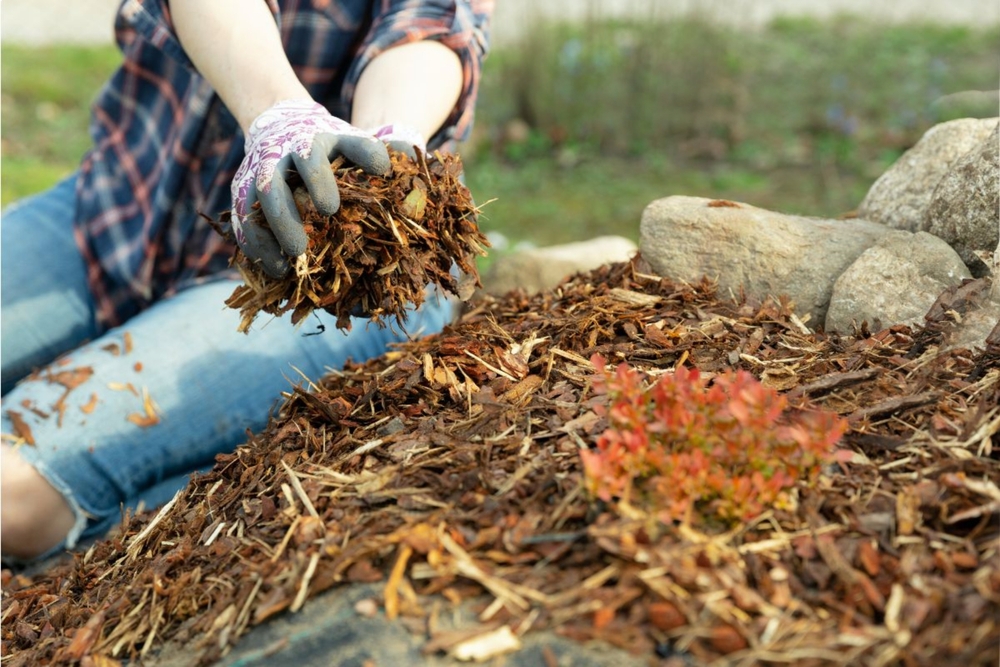
Mulching in September is an easy way to protect your soil and plants. A layer of mulch helps regulate soil temperature as nights become cooler. It also retains moisture, keeping roots hydrated longer. Organic mulches such as shredded bark or straw slowly improve soil as they break down. This layer acts like a blanket for your garden.
Mulch also suppresses weeds, saving you time and effort later. It creates a tidy and uniform look across your beds. Be careful not to pile mulch too high against stems, as it can trap moisture. A depth of two to three inches is usually enough. Taking time to mulch now pays off throughout fall and winter.
Harvest Remaining Summer Crops
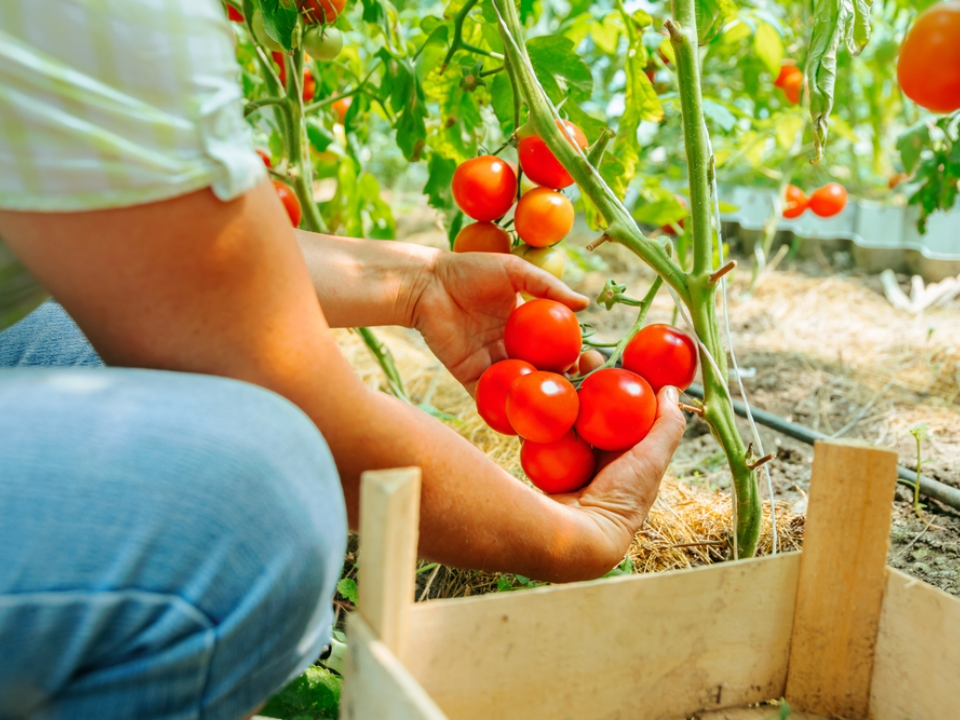
Before cooler nights set in, pick any vegetables left from your summer garden. Crops like tomatoes, peppers, and zucchini will not handle frost well. Harvesting now allows you to enjoy their flavors before they spoil. If they are not fully ripe, you can let them finish ripening indoors. This helps you avoid waste and makes the most of your work.
You can preserve the extra harvest by freezing, canning, or drying. Herbs can be cut and dried for later use. Picking crops promptly also encourages plants to keep producing for a little longer. Clearing beds after harvest opens space for fall plantings. This step keeps your garden cycle moving smoothly into the next season.
Plant Spring Bulbs
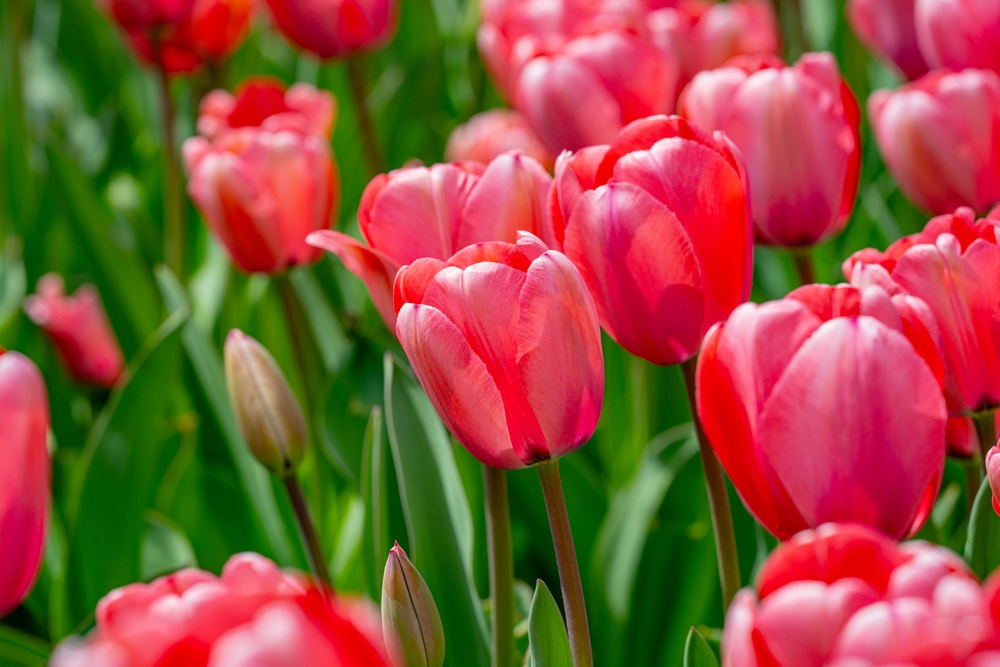
September is the best time to put bulbs like tulips, daffodils, and crocuses into the ground. These flowers need the cooler months to establish roots before blooming in spring. Planting them early gives them time to settle in. Choose healthy bulbs that are firm and free of mold. Adding them now brings a burst of color after winter.
Prepare the soil by loosening it and adding compost for better growth. Place bulbs at the proper depth, usually two to three times their size. Be sure to water them after planting to help roots start forming. Grouping bulbs together creates beautiful clusters of blooms. Planting bulbs now rewards you with cheerful flowers when the seasons change.
Protect Delicate Plants
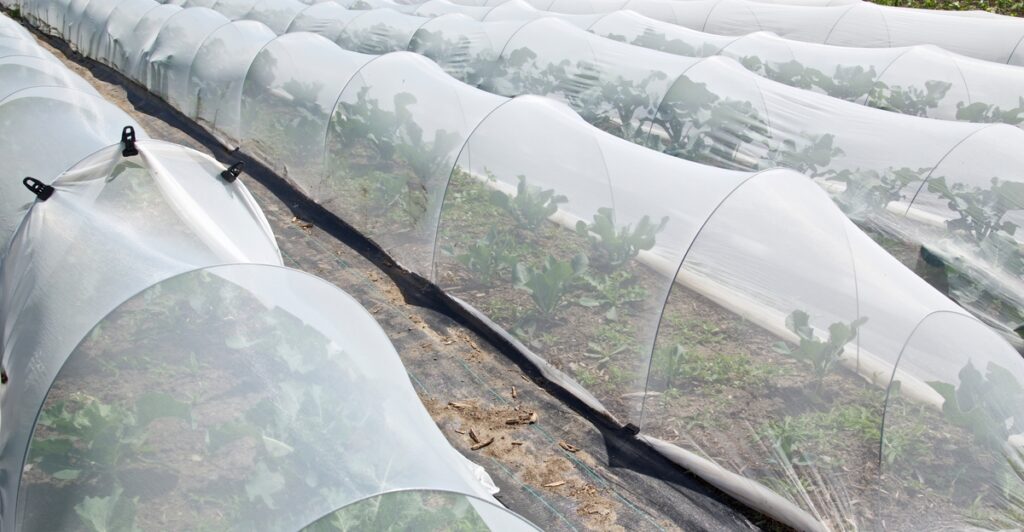
Some plants are more sensitive to the drop in temperature. Covering them with cloth or row covers in September can prevent damage. Moving potted plants indoors is another way to shield them. Even a light frost can harm delicate flowers or tropical plants. A little preparation goes a long way in protecting your favorites.
You can use mulch around the base to add extra warmth. Cloche covers or cold frames are also effective for keeping plants safe. Paying attention to weather forecasts helps you plan ahead. Protecting your plants early saves you from disappointment later. Your effort keeps your garden looking lively despite cooler nights.
Weed Regularly
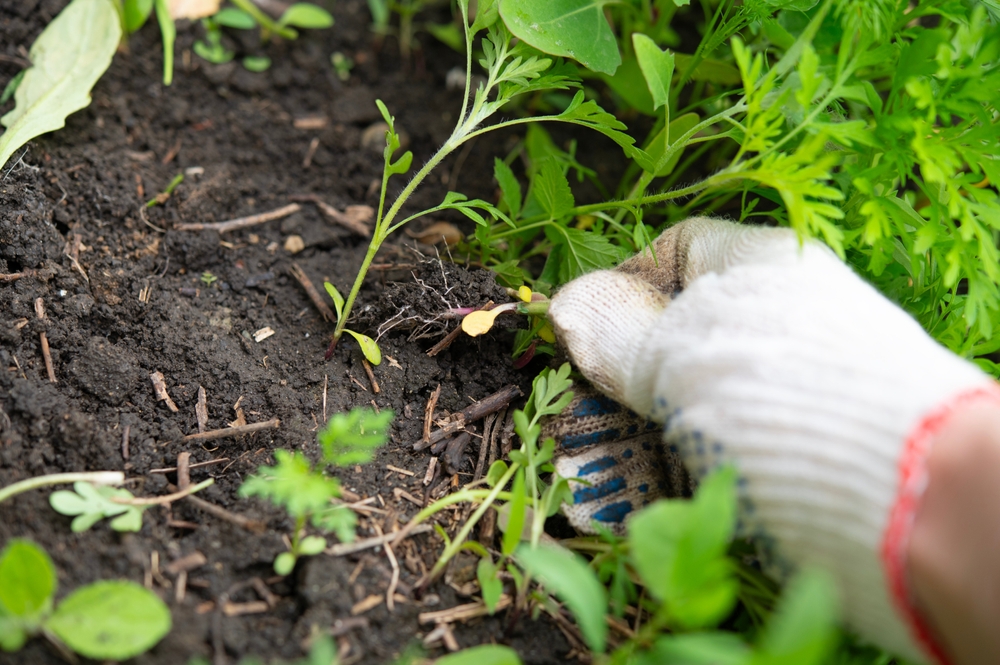
Weeds compete with your plants for space and nutrients, so September is a good time to clear them out. Pulling them now prevents seeds from spreading. The soil is often softer in fall, making weeds easier to remove. Regular weeding improves the look of your beds and helps your plants stay strong. Keeping weeds down makes gardening less of a struggle later.
Use a hand tool or hoe to get rid of deep-rooted weeds. Be thorough to avoid them growing back quickly. Removing weeds also reduces hiding spots for pests. Mulching afterward can help stop them from returning. A clean, weed-free garden sets the stage for healthy growth.
Add Compost to Beds

Compost provides a natural boost to your soil at the right time of year. Adding it in September enriches soil with nutrients and prepares it for fall crops. It also improves drainage and soil texture. Spreading a thin layer over beds gives plants a steady supply of food. Composting is a simple way to recycle organic waste into something useful.
Making your own compost can save money and reduce household waste. Kitchen scraps like vegetable peels and eggshells are easy to add. Mixing compost into the top layer of soil gives faster results. Store-bought compost is also an option if you need more. A nutrient-rich bed means stronger plants through the cooler months.
Prepare Lawn for Cooler Weather
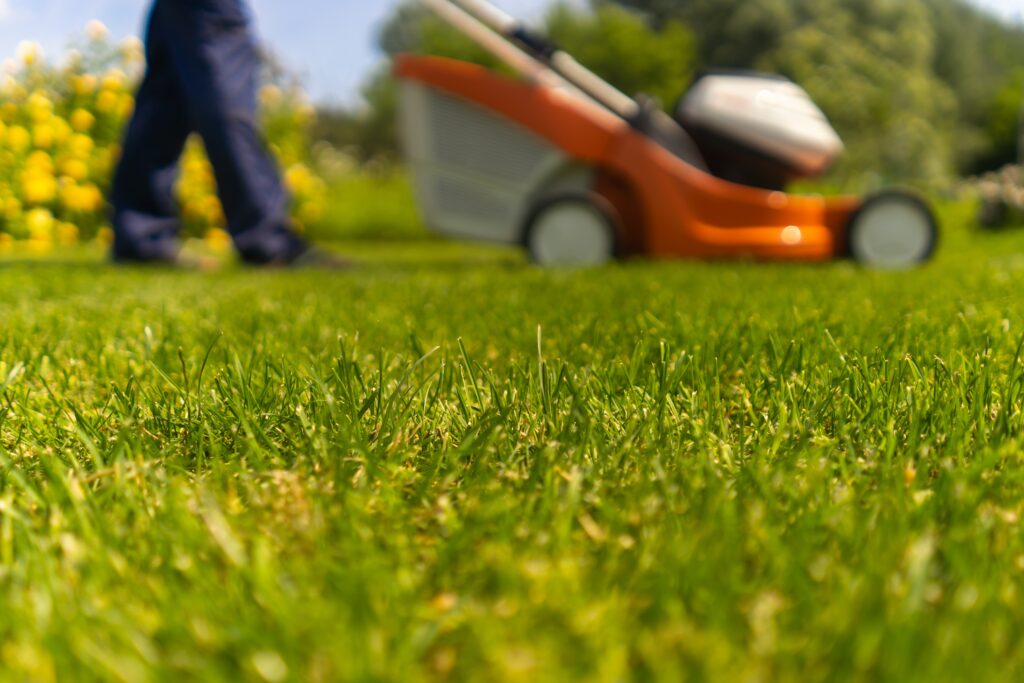
Your lawn benefits from extra care in September to recover from summer heat. Raking leaves, lawn mowing, and removing debris keeps grass healthier. Applying fertilizer helps it store energy for winter. Aerating compacted soil allows roots to grow deeper. A little attention now leads to greener grass in spring.
Watering deeply but less often helps encourage strong roots. Seeding bare patches is easier when temperatures are mild. Avoid mowing too short, as longer blades protect grass during cooler days. Mulching grass clippings adds nutrients back into the soil. Caring for your lawn this month sets it up for success in the next season.
Check Garden Tools

September is a good time to clean and store tools properly. Removing dirt and sap keeps them in better condition. Sharpening blades makes pruning and trimming easier later. Oiling moving parts helps prevent rust and wear. Taking care of tools saves money in the long run.
Inspect handles for cracks and replace if needed. Proper storage in a dry place prevents damage from moisture. Keeping tools organized also saves time when you need them. If any are broken, now is the best time to repair or replace them. Well-kept tools make gardening smoother and more enjoyable.
Plan Next Season’s Garden
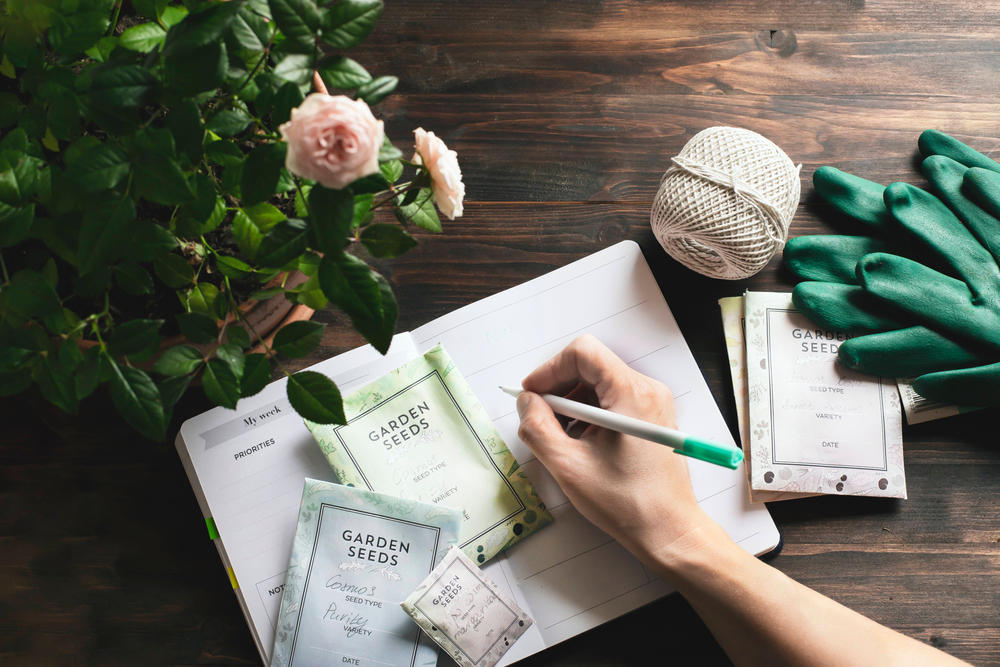
As you prepare your garden for fall, take time to think ahead. September is perfect for reviewing what grew well and what struggled. Keeping notes helps you make better decisions for the next planting season. You can sketch out where crops or flowers will go next year. Planning ahead prevents repeating mistakes.
Ordering seeds early gives you a wider selection and avoids delays. Researching new plant varieties adds excitement to your garden plans. Setting goals now makes the next season more rewarding. Even simple planning reduces stress later when planting time comes. Thinking ahead keeps gardening fun and productive year after year.
Your garden deserves attention as summer fades and cooler days approach. Taking action in September helps protect plants, refresh soil, and keep everything looking vibrant. It is a simple way to enjoy both beauty and productivity in the months ahead. Begin your garden preparation now and enjoy the rewards in the coming season.
This article originally appeared on Avocadu.
